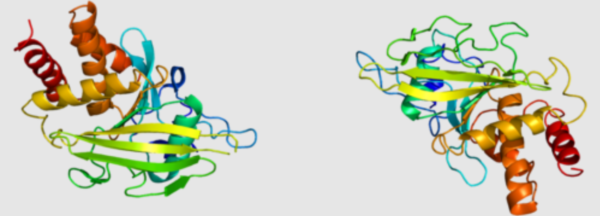Purinergic signaling, mediated by purines and pyrimidines, is a fundamental cellular communication pathway that plays a vital role in numerous physiological processes. Dysregulation of purinergic signaling has been implicated in various pathologies, including cancer, inflammation, cardiovascular diseases, and neurodegenerative disorders. To facilitate research in this field and the development of therapeutic interventions, the Purinergic Library offers a comprehensive collection of ligands targeting purinergic receptors, transporters, and enzymes. This article delves into the significance of purinergic signaling, highlights key ligands in the Purinergic Library, and discusses the potential impact of this library on drug discovery and therapeutic advancements.
Understanding the Significance of Purinergic Signaling:
Purinergic signaling is mediated by the release of purine or pyrimidine nucleotides, such as ATP and adenosine, which act as extracellular signaling molecules. They bind to specific cell surface receptors, namely P1 receptors (adenosine receptors) and P2 receptors (P2X and P2Y receptors). This signaling pathway regulates diverse cellular processes, including neurotransmission, immune response, vascular tone, cell proliferation, and apoptosis. Dysregulation of purinergic signaling has been implicated in several diseases, making it an important field of research for therapeutic intervention.
Key Ligands in the Purinergic Library:
2.1. P1 Receptor Agonists/Antagonists:
The Purinergic Library comprises an extensive collection of compounds targeting adenosine receptors, including P1 receptor agonists and antagonists. These ligands enable researchers to study the effects of adenosine receptor activation or inhibition in various physiological and pathological contexts. Modulating P1 receptors has vast therapeutic implications, including the management of cardiovascular disorders, neurodegenerative diseases, and inflammatory conditions.
2.2. P2X Receptor Modulators:
P2X receptors are ligand-gated ion channels activated by ATP. The library offers a range of ligands targeting P2X receptors, including agonists and antagonists. Modulating P2X receptors can influence neurotransmission, immune responses, and inflammatory processes. These compounds provide researchers with tools to investigate the role of P2X receptors in various diseases and explore their potential as therapeutic targets.
2.3. P2Y Receptor Ligands:
P2Y receptors bind to ATP or other nucleotides, triggering intracellular signaling cascades. The Purinergic Library includes a variety of ligands targeting P2Y receptors, enabling the study of purinergic signaling in diverse cellular processes. Modulation of P2Y receptors has implications in cardiovascular diseases, cancer, and inflammatory conditions. Ligands in the library can be utilized to probe the functions and therapeutic potential of different P2Y receptor subtypes.
Advancing Drug Discovery and Therapeutic Interventions:
The availability of the Purinergic Library significantly enhances drug discovery and therapeutic development endeavors in targeting purinergic signaling pathways. Researchers can utilize the library’s diverse ligands to identify lead compounds, optimize their pharmacokinetic properties, assess selectivity, and evaluate potential therapeutic efficacy. The Purinergic Library also enables structure-activity relationship studies, aiding in the design of potent and selective ligands for specific purinergic receptors, transporters, and enzymes.
Harnessing the Versatility of Purinergic Signaling:
Purinergic signaling represents a multifaceted and intricate communication system with immense therapeutic potential. The Purinergic Library provides researchers with a valuable resource to unravel the complexities of purinergic signaling and explore its role in health and disease. By leveraging the library’s ligands, researchers can gain insights into purinergic mechanisms, identify novel therapeutic targets, and develop innovative interventions for a wide range of pathologies, ultimately improving patient outcomes.
Conclusion:
The Purinergic Library stands as a valuable asset for researchers exploring the intricacies of purinergic signaling and its impact on human health and disease. With its wide array of ligands targeting purinergic receptors, transporters, and enzymes, the library accelerates research and drug discovery efforts. Leveraging the versatility of purinergic signaling and the Purinergic Library can pave the way for the development of novel therapeutics and personalized medicine approaches in various disease areas, offering hope for improved patient care and outcomes.




